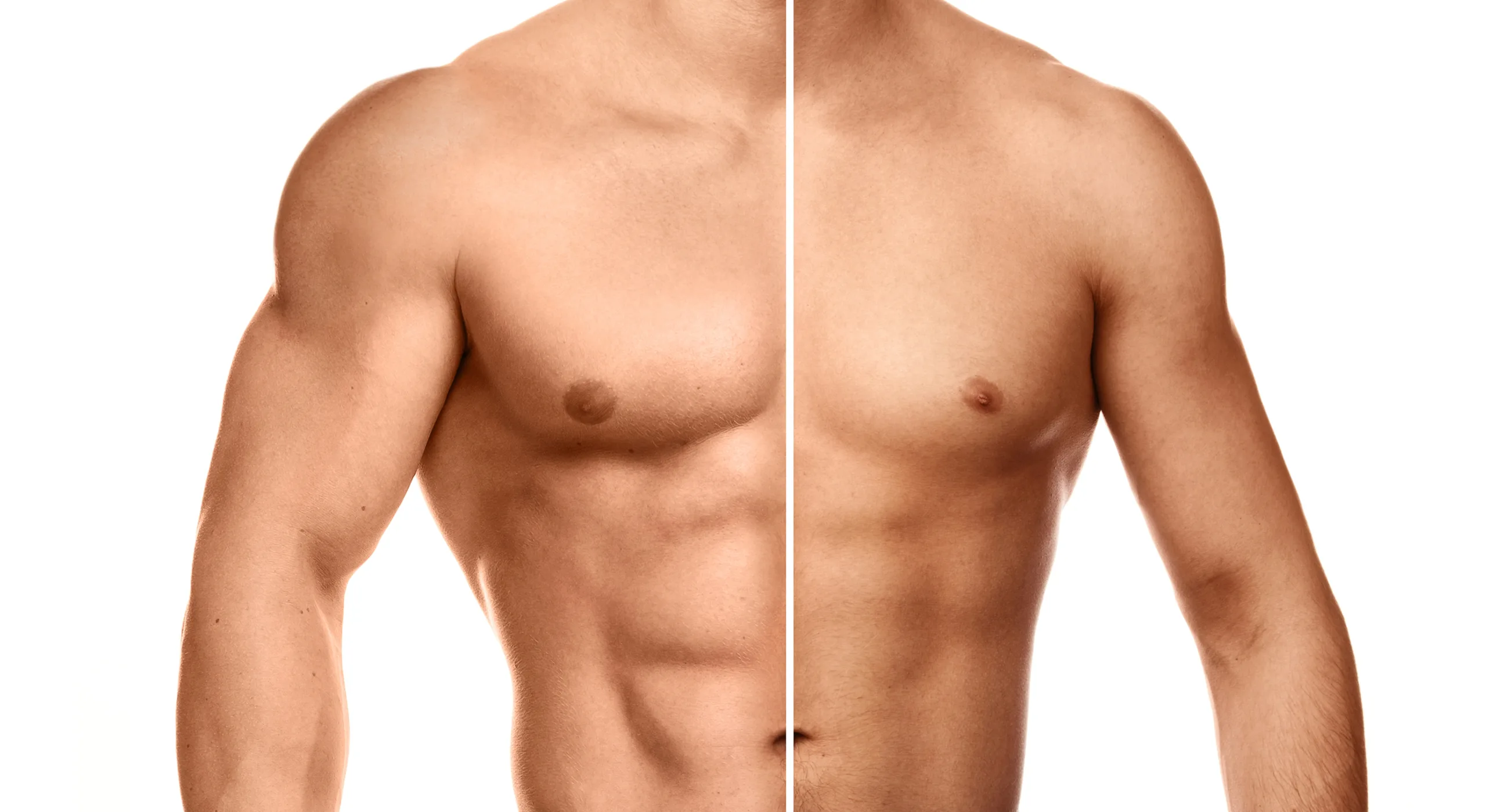
Hypertrophy training: The Complete Guide (plus workouts)
Hypertrophy development is valuable as increased muscle mass is beneficial to athletic performance and a necessity for many sports.
Strength & Conditioning is the practical application of exercise prescription in order to improve the physical performance of athletes. For example, it focuses on strength and power training, aerobic and anaerobic development, movement quality, and speed enhancement.
As the world of strength and conditioning is very complex, our aim is to simplify the science so that coaches, athletes, and everybody else can understand how to use these training methods in order to optimise sports performance.

Hypertrophy development is valuable as increased muscle mass is beneficial to athletic performance and a necessity for many sports.
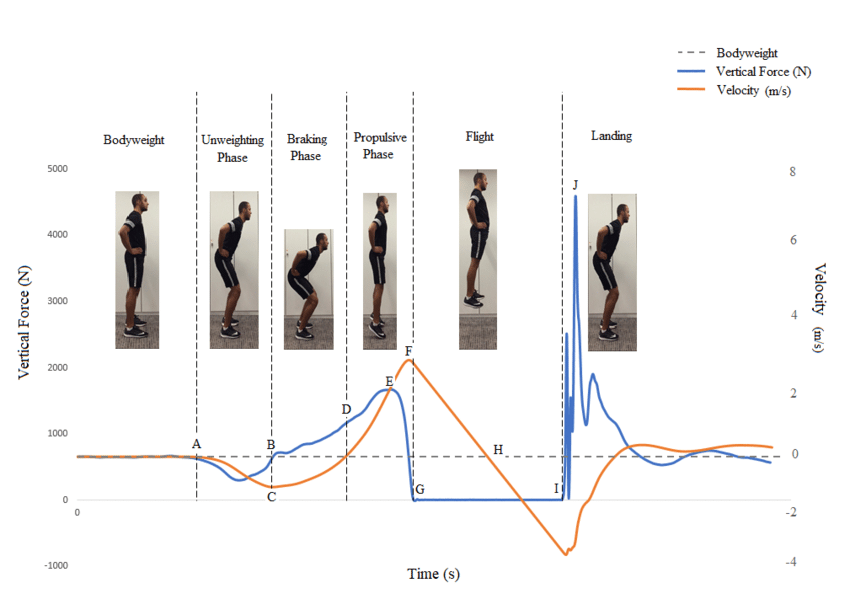
The countermovement jump (CMJ) is a simple, practical, valid, and very reliable measure of lower-body power.
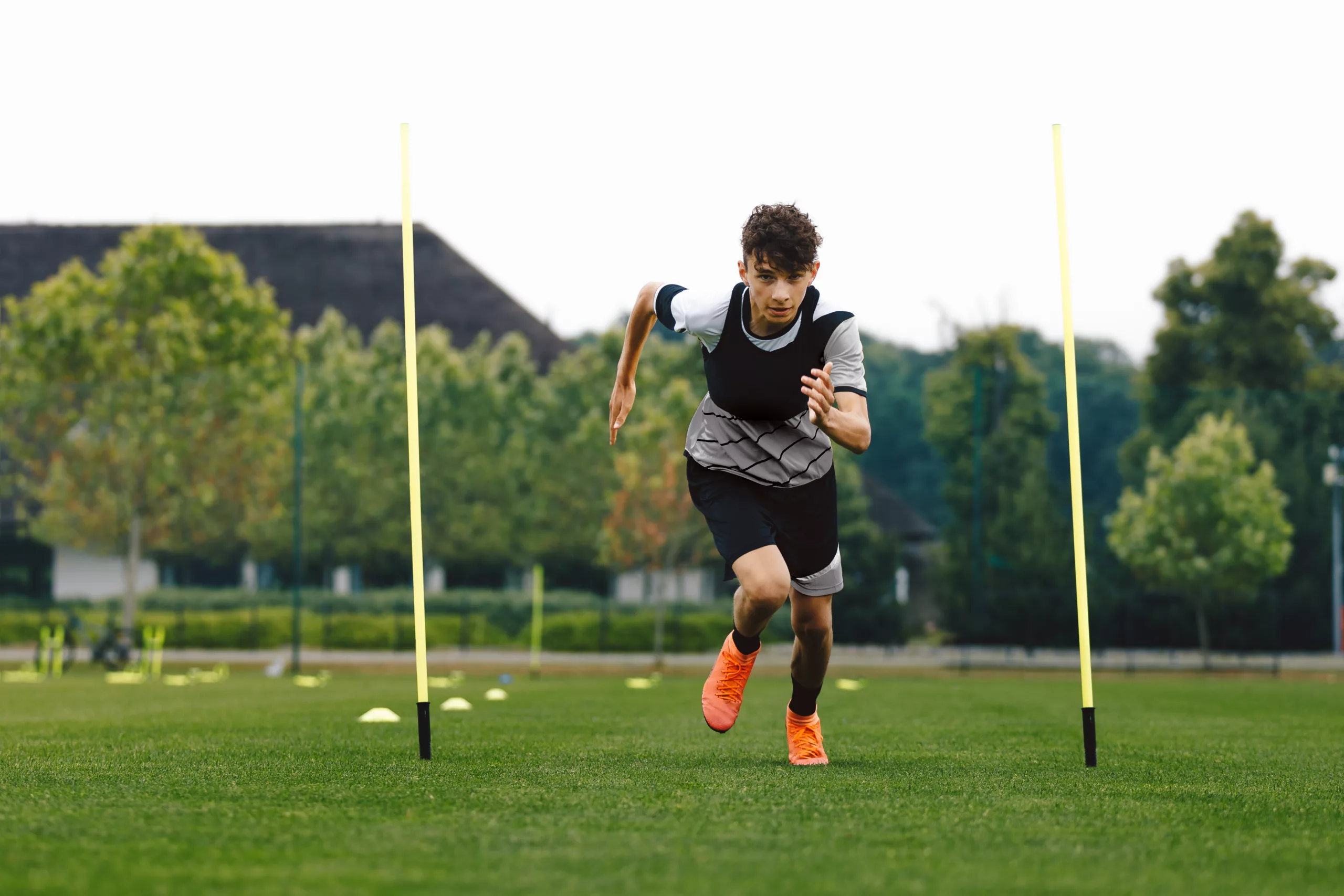
The 30-15 IFT measures aerobic and anaerobic capacity, change of direction qualities, and ability to recover during intermittent exercise.
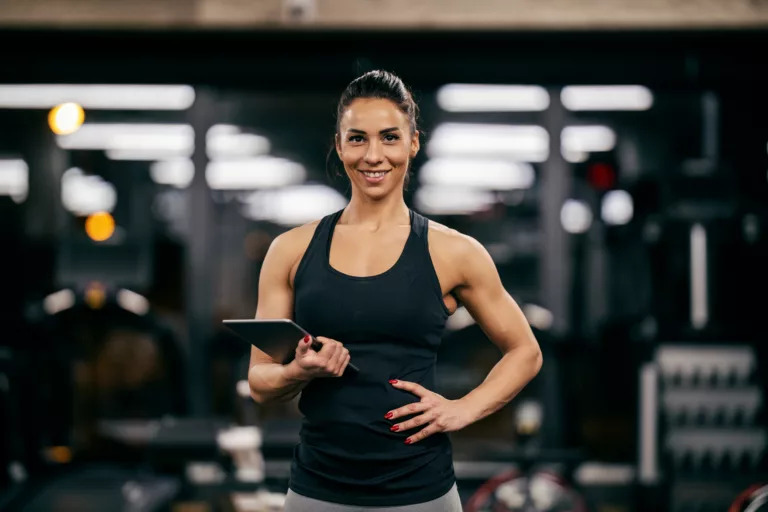
Landing your dream job as a strength and conditioning coach can be difficult – use these tips to propel you in your career as an S&C coach!

Skill acquisition is the foundation of sports science that all practitioners, coaches, and clinicians should understand.
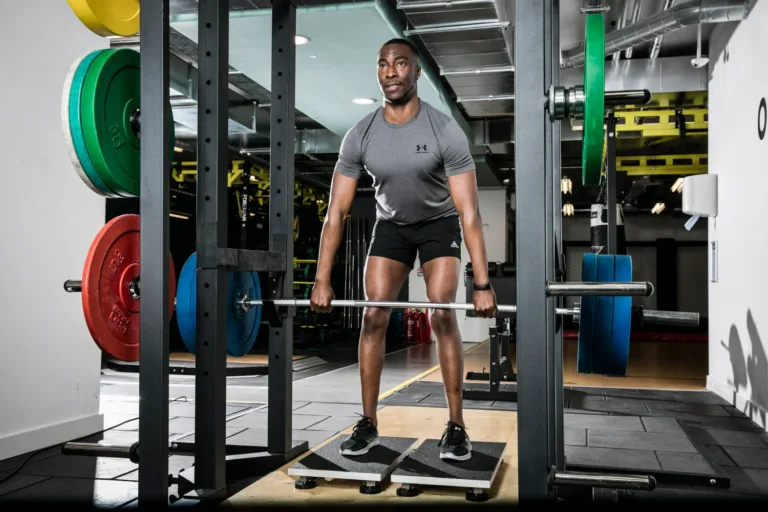
The isometric mid-thigh pull test is a reliable way to test maximal strength and has been shown to correlate with vertical jumps and sprints.

An Elevation Training Mask is a device that is claimed to simulate the benefits of altitude training, but do they work as claimed?
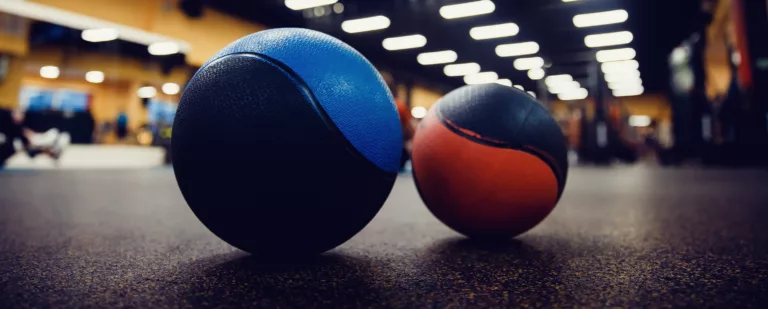
Ballistic training is an effective training method to improve an athlete’s power output, and therefore, their speed and jump height.
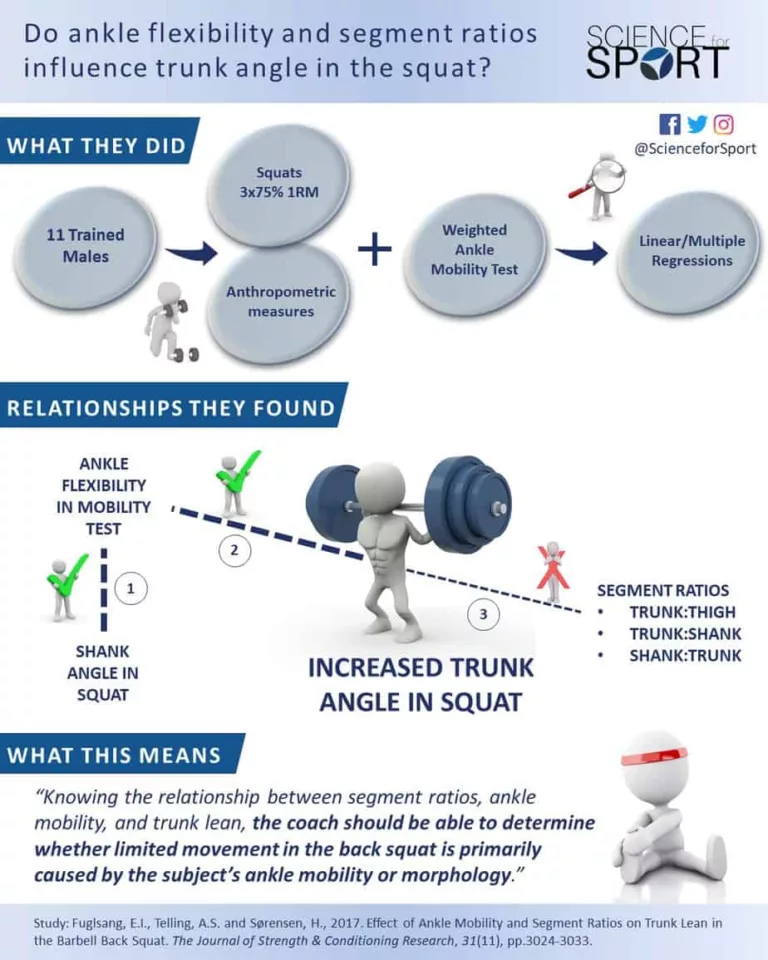
Strength and conditioning coaches should try to understand if ankle flexibility and segment ratios influence trunk angle in the squat.
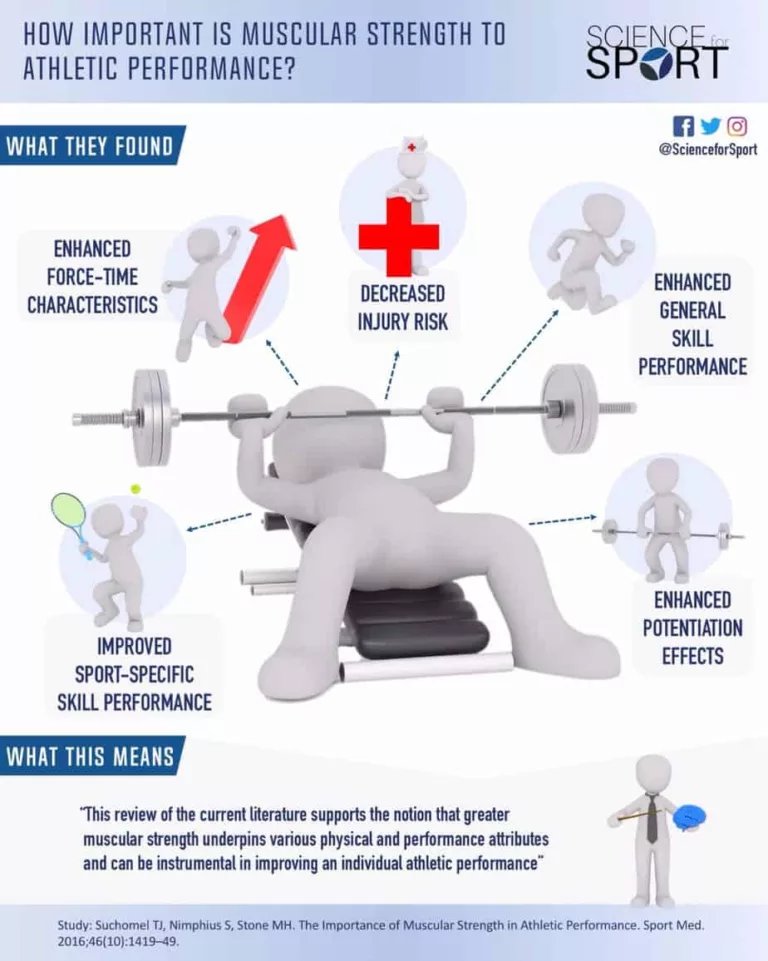
The Importance of Muscular Strength in Athletic Performance You can view the original study and source of the information here. What to do now: Help spread the information by sharing this infographic on … Read more
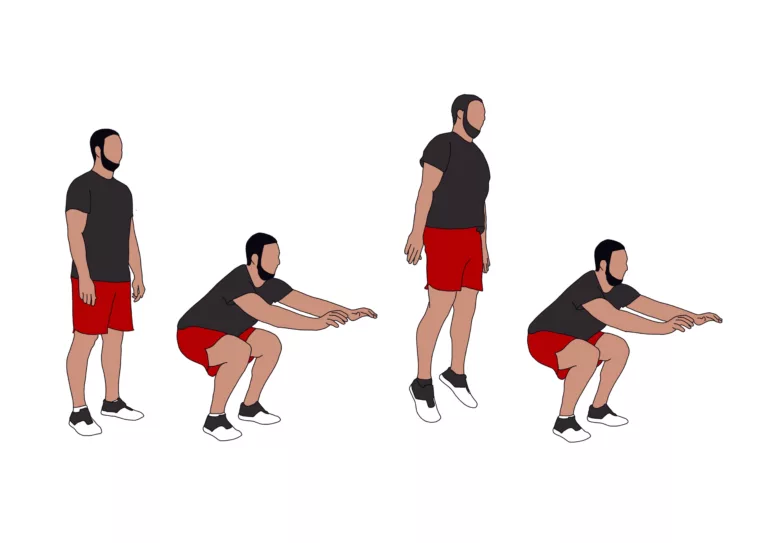
The Static SJ-IMTP is an accurate and reliable measure of an athlete’s Dynamic Strength Index but it can be problematic to conduct.

Strength training is a widely accepted form of training for both children and adolescents, and can boost youths’ health and fitness.

Military performance programmes try to determine the best way to maximise the investment in tactical athletes’ health and longevity.

The Vertec device is a simple-to-use, inexpensive, and portable device which can measure an athlete’s vertical jump height.
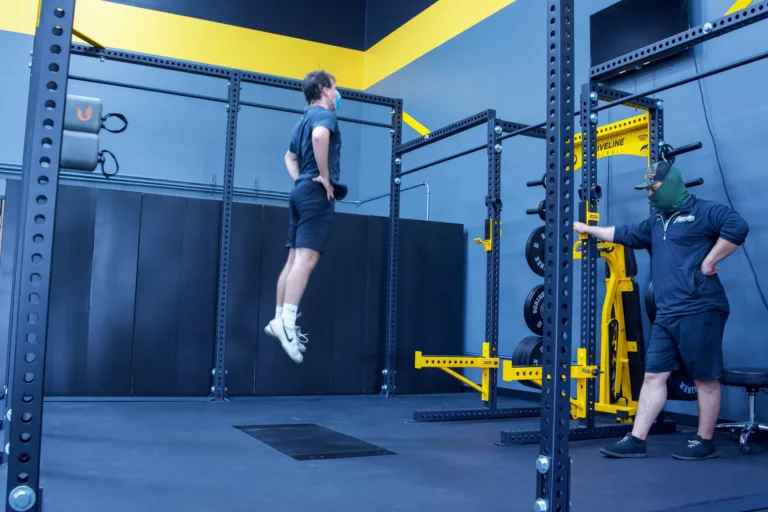
Force-velocity profiling allows coaches to tailor specific programmes for their athletes by using detailed, objective information.

Actively monitoring fatigue levels in athletes can provide the feedback needed to adjust training in order to improve overall performance.
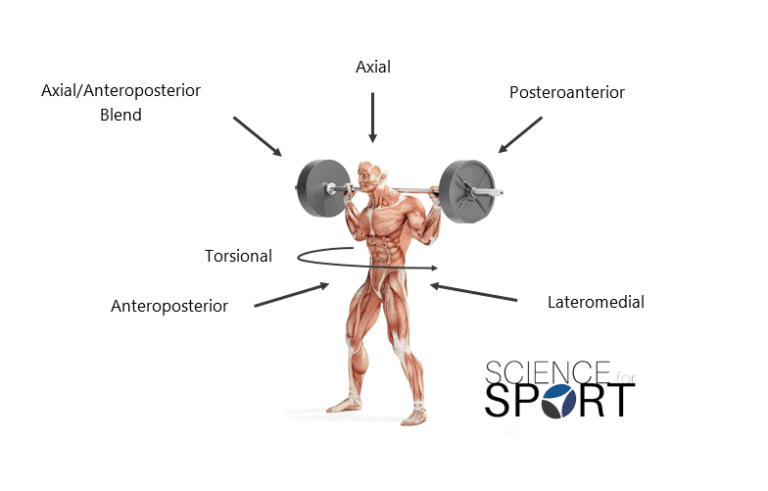
The force-vector theory allows coaches to identify training exercises which may have greater specificity to the competition movements.

The squat jump is a simple, practical and very reliable measure of lower-body power, and is used widely by coaches and sports scientists.

Learn from a world-class coach how you can improve your athletes' agility. This course also includes a practical coaching guide to help you to design and deliver your own fun and engaging agility sessions.
Get Instant Access